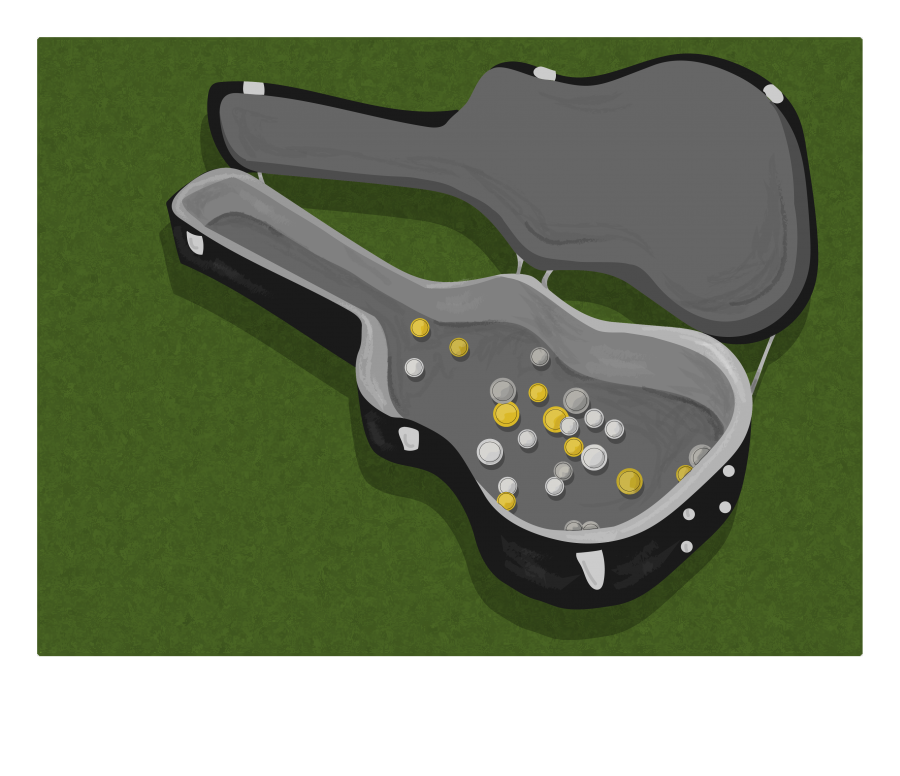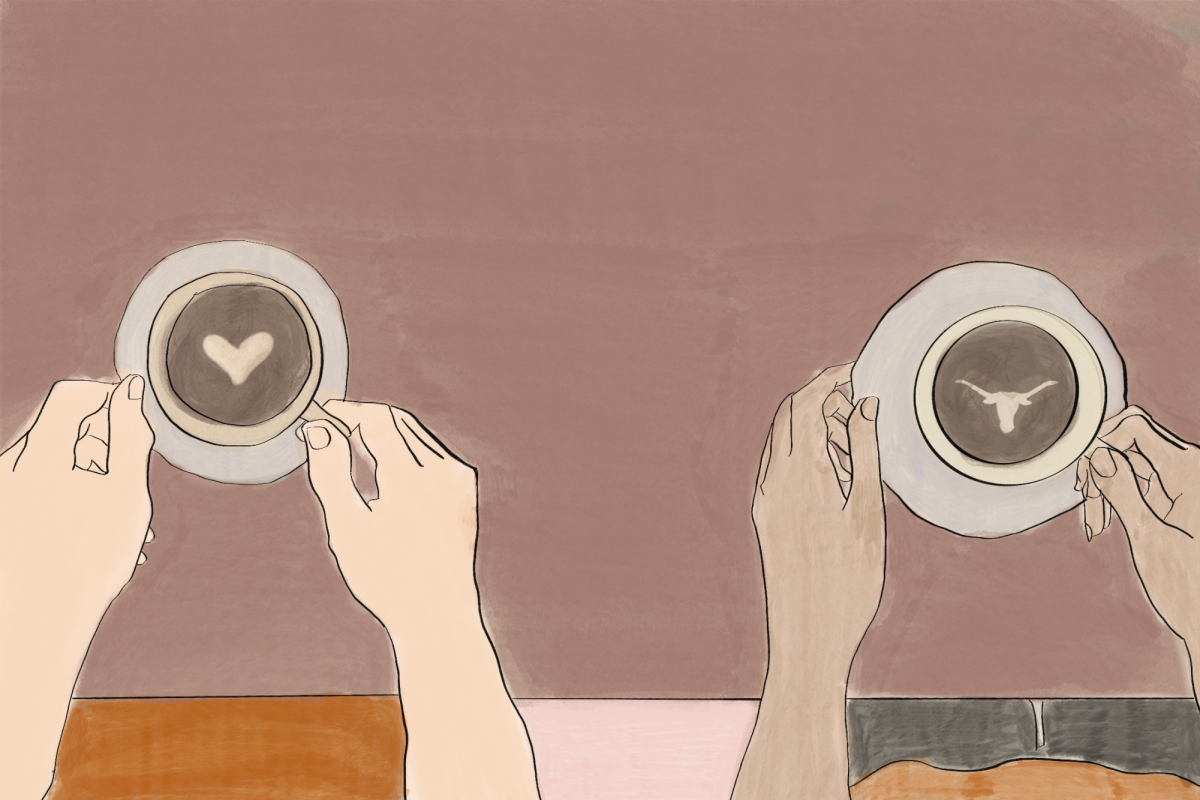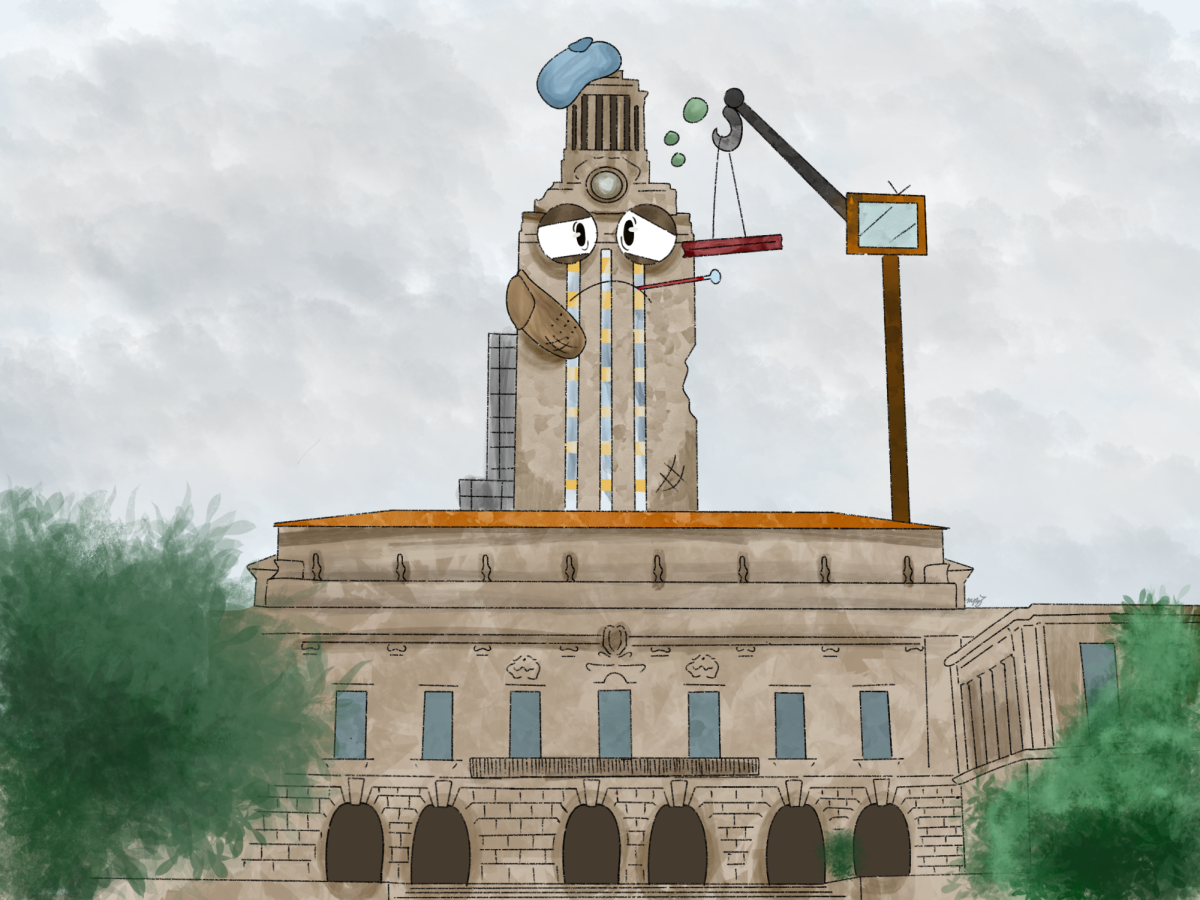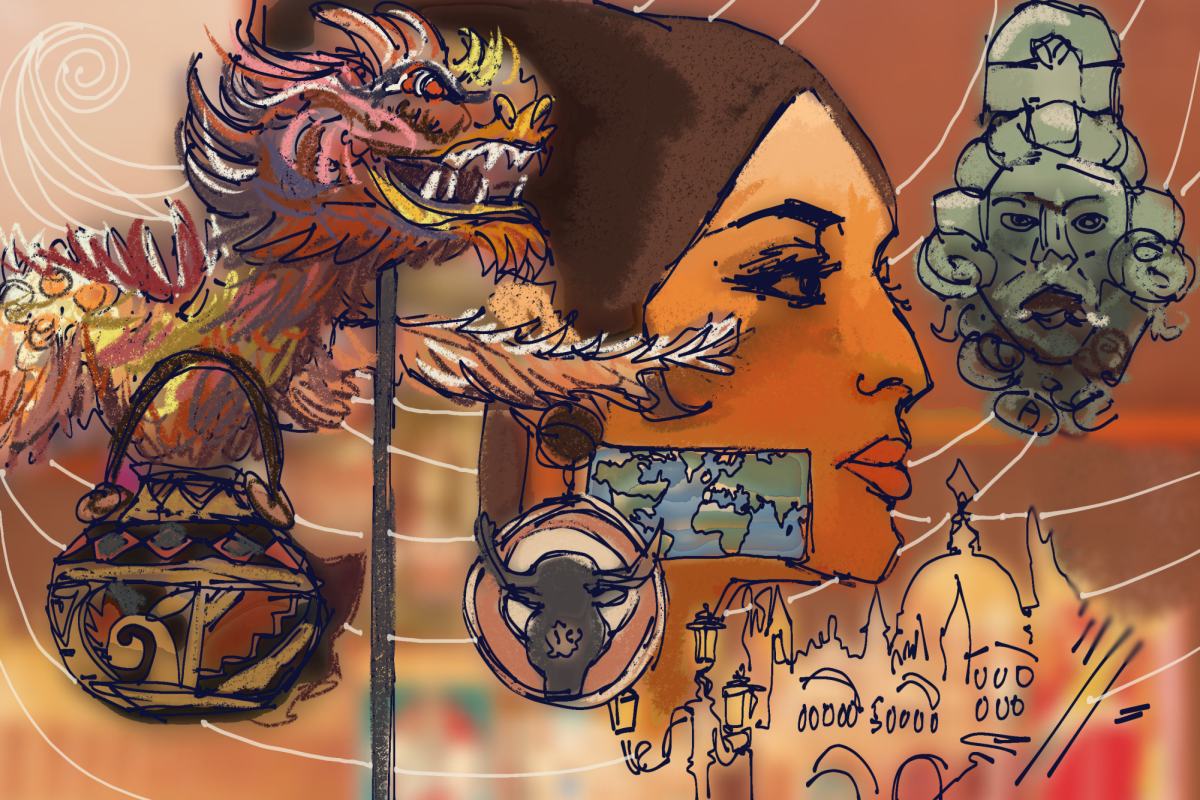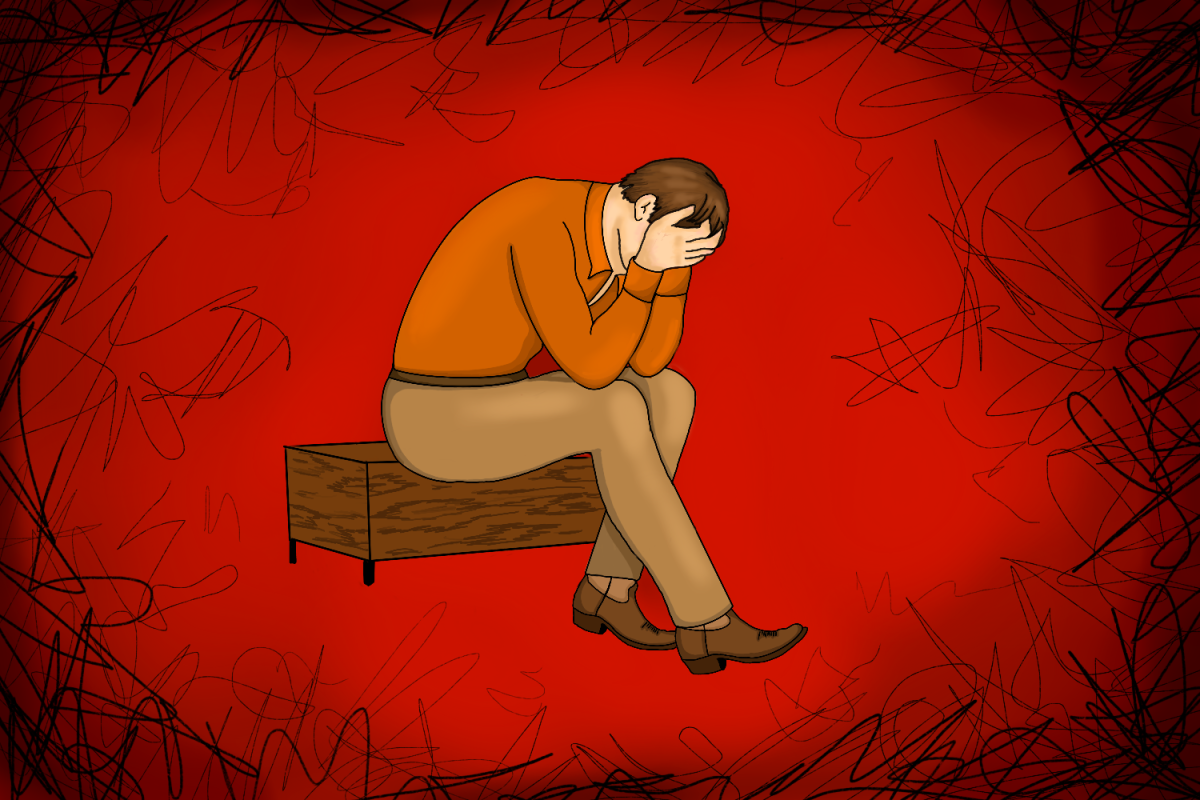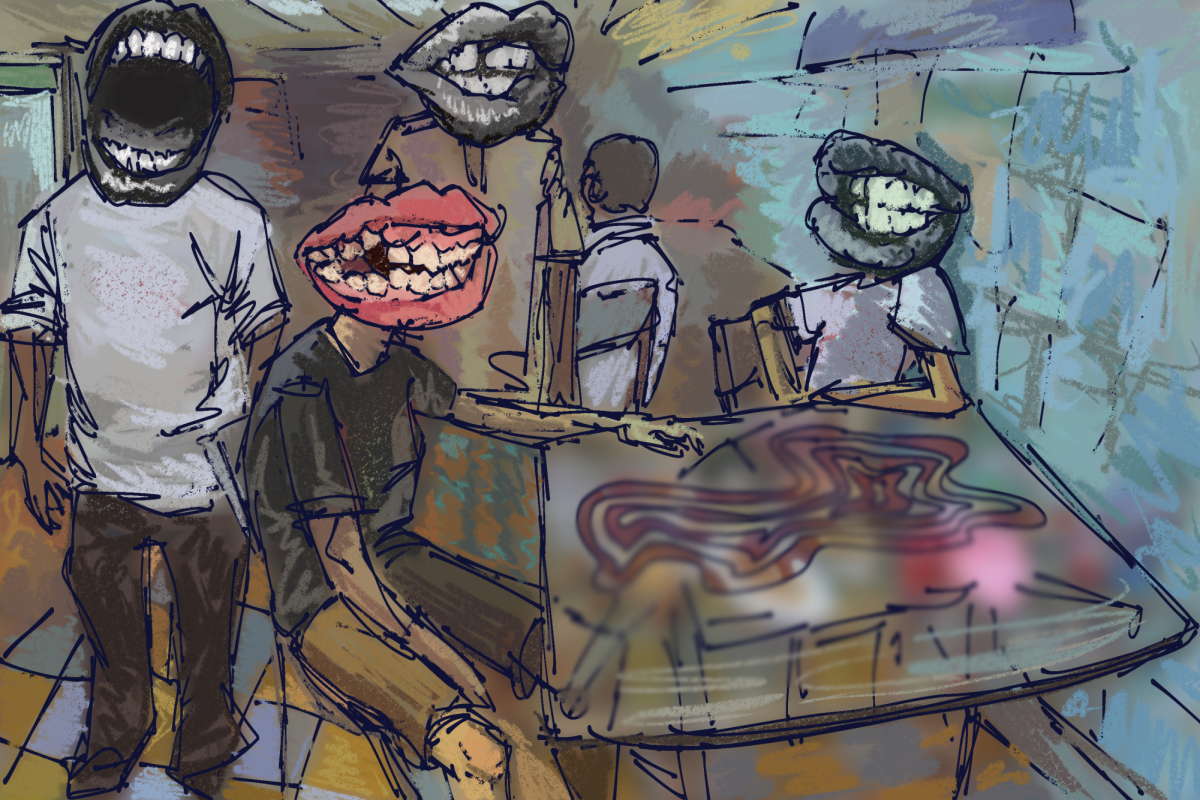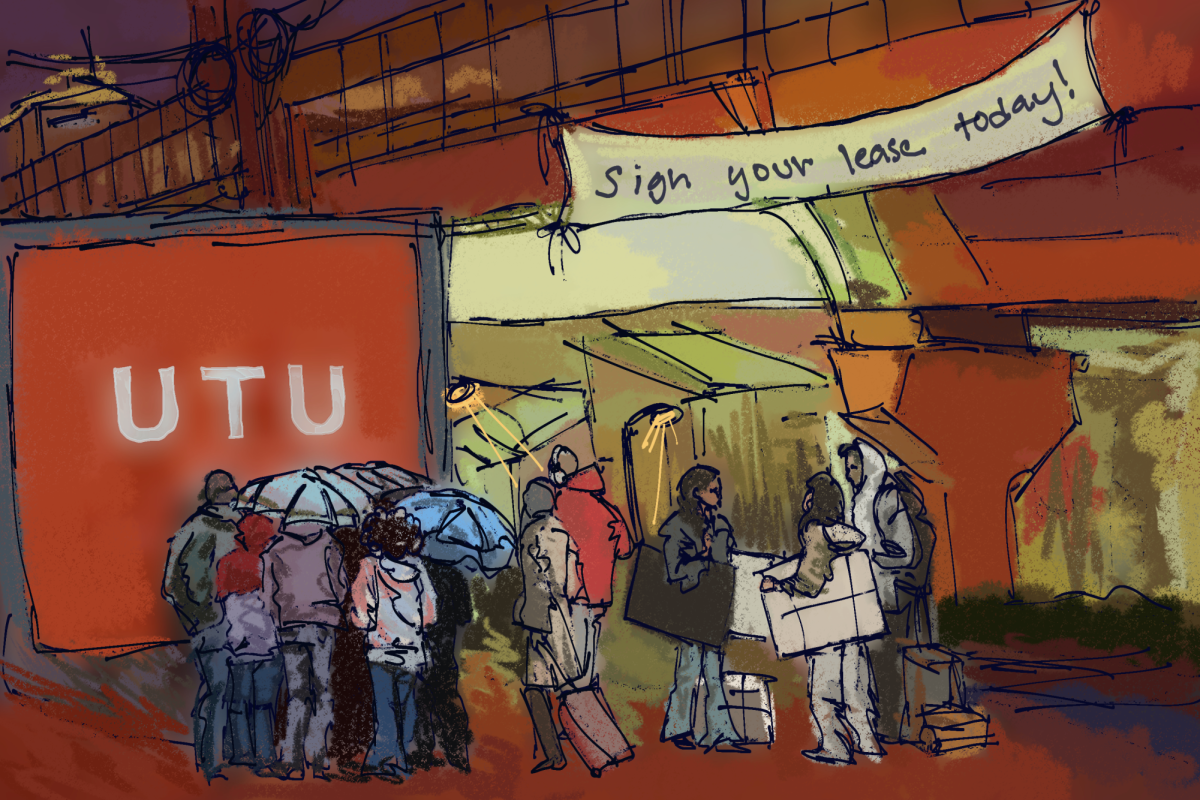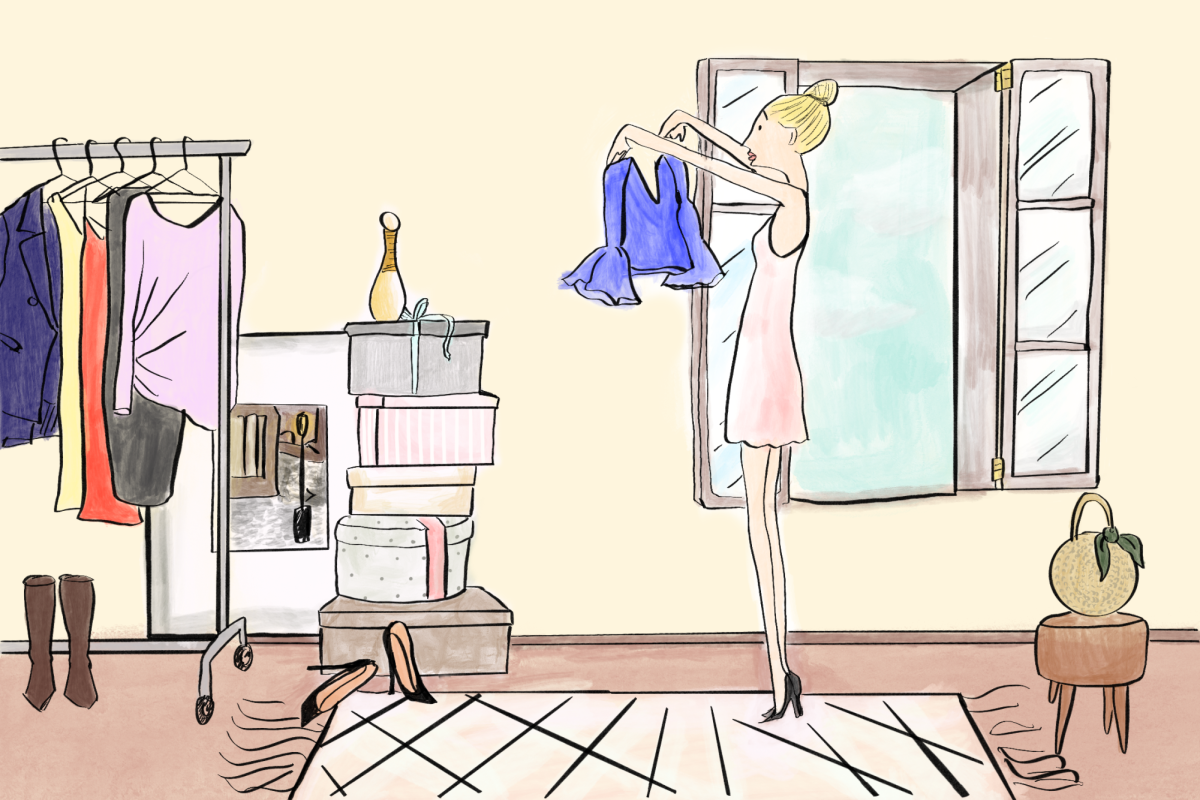Most students view Austin, the Live Music Capital of the World, as an oasis for music exploration. For decades, Austin has served as the ideal location for young musicians to harbor their talents and create work that contributes to our city’s reputation.
However, while many student artists view Austin’s vibrant music scene as an outlet for exposure, multiple challenges in doing so have arisen. A fiercely competitive music environment coupled with few incentives or benefits from the city makes it particularly difficult for UT student musicians to attain the exposure that allows them to afford basic needs.
Austin has on obligation to support those who give the city it’s reputation, and students have the ability to directly help their fellow classmates.
“I would like to play as many shows as possible, but it’s just hard to land gigs in such a competitive environment without any label or management helping you out,” said advertising freshman Sloan Struble, a student musician who uses the stage name Dayglow. “It’s hard for musicians in Austin to make financial gains as it is, and it’s even more pronounced in the case of most UT student musicians.”
Musicians rarely achieve the financial success necessary to become reliant on their talents alone. However, in Austin, a city known for being exceptionally friendly to the creative class, musicians are lucky to earn $13,000 per year. The lack of financial benefits not only discourages student musicians from performing, but they cause extreme challenges in a student’s financial status.
“It’s just such a competitive music atmosphere that I rely almost entirely on money made from online streaming, because the financial benefits from performing are so low here,” Struble said. “I make music to have shows, but there are likely other student musicians who make music to make money.”
While student musicians may have difficulty affording college due to a lack of city or university financial incentives or benefits, they are not the only ones affected. Skyrocketing rent costs have created a challenging atmosphere where musicians have difficulty remaining in the city their work has made famous.
Local organizations such as the Health Alliance of Austin Musicians have begun formulating steps to help local musicians afford basic needs such as health care. Rachel Blair, COO of HAAM says that although Austin is a unique environment for creatives, student musicians may still struggle to survive in such a challenging environment.
“Student musicians often have lower incomes and yet are very passionate about what they create,” Blair said. “Although Austin has been slowly improving in it’s support for local musicians, HAAM can help students afford basic needs such as health care while they simultaneously pay for tuition.”
Funding and donations to HAAM have been ongoing, yet the popularity of the program led to it running out of money just a week after this year’s enrollment opened. This highlights not only the challenges student musicians in Austin are facing, but the need for Austin to do more to help its musicians.
Although a change in city policy is ideal, students have the direct ability to support their classmates and give them the recognition and financial rewards they strive for. By attending shows at local venues where student musicians often perform and supporting city policies that help musicians, UT students can maintain the image that Austin is a city that supports it’s creative class.
The eclectic music atmosphere of Austin attracts many students and musicians. However, when those whose strive to bring us music cannot afford to support themselves or their education, revisions to the system must be made. A city founded upon its creative class cannot crush it while simultaneously remaining a haven for musicians.
Johnson is a journalism freshman from Austin.

